 Titleist has unveiled their new series of drivers and woods with the 915 featuring a new technology for Titleist, the Active Recoil Channel™ and the Radial Speed Face, a refinement on the face to improve distance on off center hits. The face changes also allow more weight to be shifted back on the head improving the head’s MOI with a lower and deeper center of gravity (CG). This driver has already seen success on tour with Jordan Spieth (915D2) winning the recent Australian Open and Hero World Challenge and their other top players having the D2 (Jimmy Walker, Bill Haas) or D3 (Adam Scott) in the bag.
Titleist has unveiled their new series of drivers and woods with the 915 featuring a new technology for Titleist, the Active Recoil Channel™ and the Radial Speed Face, a refinement on the face to improve distance on off center hits. The face changes also allow more weight to be shifted back on the head improving the head’s MOI with a lower and deeper center of gravity (CG). This driver has already seen success on tour with Jordan Spieth (915D2) winning the recent Australian Open and Hero World Challenge and their other top players having the D2 (Jimmy Walker, Bill Haas) or D3 (Adam Scott) in the bag.
This review will take a closer look at the “higher launch, lower spin” claims of the 915 versus the previous models, 913 and 910.
Technology and Design
Like the 913 series, the 915 comes in two different models – the larger, more slightly more forgiving D2 and the smaller, slightly more workable D3. The 915 sees the continued use of the SureFit® system, which allows the golfer to alter the loft and face angle of the club. As with the 913, Titleist has changed the removable weight, which frustrated 910 owners and now 913 owners who purchased the weight kit. This may seem like a weak attempt to boost sales of weight kits, but I doubt many were sold and I’m sure Titleist has legitimate design reasons for doing this. Plus, the torque wrench remains the same for all three models, and I know several people who have had to buy more of those…
The Surefit® chart also has a minor change showing its center point for draw versus fade being to the right of the A1 setting instead of the left. Whether this means the heads are slightly weighted more towards a draw is unknown.
As pointed out in the 913 review on The Sand Trap, 913D2 & D3 Review, the two different models are aimed at different groups of golfers. The D2 comes in with a full pear-shaped, 460cc head for more forgiveness, while the D3 is a slightly smaller, 440cc (down from 445c) traditional pear shape offering more workability to the better golfer. Launch and spin characteristics are said to be improved for greater distance with the 915. Titleist has achieved this with one new feature, the Active Recoil Channel™ and an improvement on the face, the Radial Speed Face.
If the Active Recoil Channel™ looks familiar, it should. Other manufacturers have used this technology including Adams, Taylormade and Nike. In a recent press release, Titleist claims “The proprietary Active Recoil Channel, a long, wide and deep sole channel actively flexes at impact and recoils to launch the ball off the face with higher speed and lower spin.” Obviously Titleist engineers feel they have improved on previous designs.
From Titleist:
With the Active Recoil Channel, the ball is compressing in a different manner and doesn’t have the chance to gather as much rotational energy so it departs the club face with less spin. It also creates a greater recoil effect, which imparts more speed, particularly low on the face. The effectiveness of the Active Recoil Channel is maximized by its efficient, proprietary construction. Relative to competitive drivers with slot technology, ARC is wider, deeper and longer, stretching across the entire sole from heel to toe.
Titleist has refined the 915 face with a thicker center and radial thinning toward the heel and toe. Titleist states the Radial Speed Face is a high-speed forged face insert with a radially thinner perimeter in the heel and toe. It is intended to work with the Active Recoil Channel™ to increase ball speed on off-center hits.
Active Recoil Channel and the Radial Speed Face are two technologies that really work well together. ARC does an excellent job increasing ball speeds overall, however, its biggest effect happens low on the club face where the channel is positioned. As you move off center and mishit heel or toe, that’s where the Radial Speed Face insert kicks in –you’re getting more flex in those areas which helps generate more speed.
Titleist believes the new 915 drivers are a game-changer. They have increased speed and lowered spin without sacrificing MOI or forgiveness and believe they’re the first to get that combination right.
The SureFit® Tour hosel remains unchanged. This is good news for 913 owners who have aftermarket or custom shafts as they will still work with the 915.
There are a total of six new stock shafts available for the 915 drivers. The first are the Aldila Rogue Black 70 and Silver 60, which provide Mid and Low/Mid launch. They are available in stiff, for the Black 70 and stiff and x-stiff for the Silver 60. There are also four Mitsubishi Diamana +Plus shafts; the D+ White 70 (S,X) which is a low launcher, and the mid-launch S+ Blue 60 (R,S) and two M+ Red shafts, 50 (A,R,S) and 40 for L stiffness only. The M+ shafts are only available on the D2 model.

The 915D3 driver shaft is on the bottom, with the 3W and Hybrid shafts above from the same family.
Specifications
Driver Volume Lofts (* = LH) Lie Length ------ ------ -------------- --- ------ 915D2 460cc 7.5, 8.5*, 9.5*, 10.5*, 12* 58.5° 45" 915D3 440cc 7.5, 8.5*, 9,5*, 10.5* 58.5° 45"
Test Specifications
The 915D2 I tested came in a 12° head with Diamana S+ Blue 60 Regular shaft. The head loft and length of 44.5″ were specified to match drivers I had and asked for a shaft for a 93-95mph swing speed. It also came with the stock Titleist grip, which is very similar to a Golf Pride Tour Velvet.tes
Esthetics
Titleist has retained the simple, clean look of the top view of the driver. Like the 910 and 913, the 915 features a glossy black crown and a black face. The 915D2 appears ever so slightly more elongated than the 913D2 in shape but actually measures the same length. Some slight thinning of the arc tapering to the back gives the elongated look.
The matte black sole with red and white racing stripes of the 913 has been replaced with a glossy black finish and half star burst reminiscent of a comet to me. The weight port is the nucleus of the comet. Perhaps Titleist is alluding to players launching tee shots into orbit around the sun.
Other changes are more subtle. The alignment aid of the 913, a line and triangle pointing forward, has been replaced with a triangle shape nested in a bracket facing rearward. The clubface lines are also slightly different. The horizontal lines with dashed chevrons in between (913) now have a tapering triangle. These are small changes and don’t affect the sleek look of the head.
The 915 headcovers are revised slightly as well. They still have the cool, sinister black leather, but Titleist has refined the look. The Titleist logo has moved to being vertical and is larger. They have also improved fit a bit. I found the 913 cover to be too tight and tough to get on. The 915 headcover slides on easily.
Performance
A “designed experiment” was created to test the claim of higher launch and lower spin. For technical nerds like me, this is a statistical method to remove bias in testing. I couldn’t do a blind test, but still could create a test design to remove variables that may influence results. 12 degree loft 910, 913 and 915D2 heads and three different shafts were used, Aldila Habanero S shaft (62gram mid-high launch), Fujikura Motore F3 60 S shaft (60 gram mid-high launch) and the stock Mitsubishi Diamana S+ Blue 60 shaft (mid launch) that came with the 915D2 in regular. All heads were set at the same setting and the test was randomized to block out performance variables like fatigue. I used a GC2 launch monitor at my local indoor range on three different days. I used the same Titleist ProV1 golf ball for all the tests. All the clubs measured D2 on my swing weight scale.
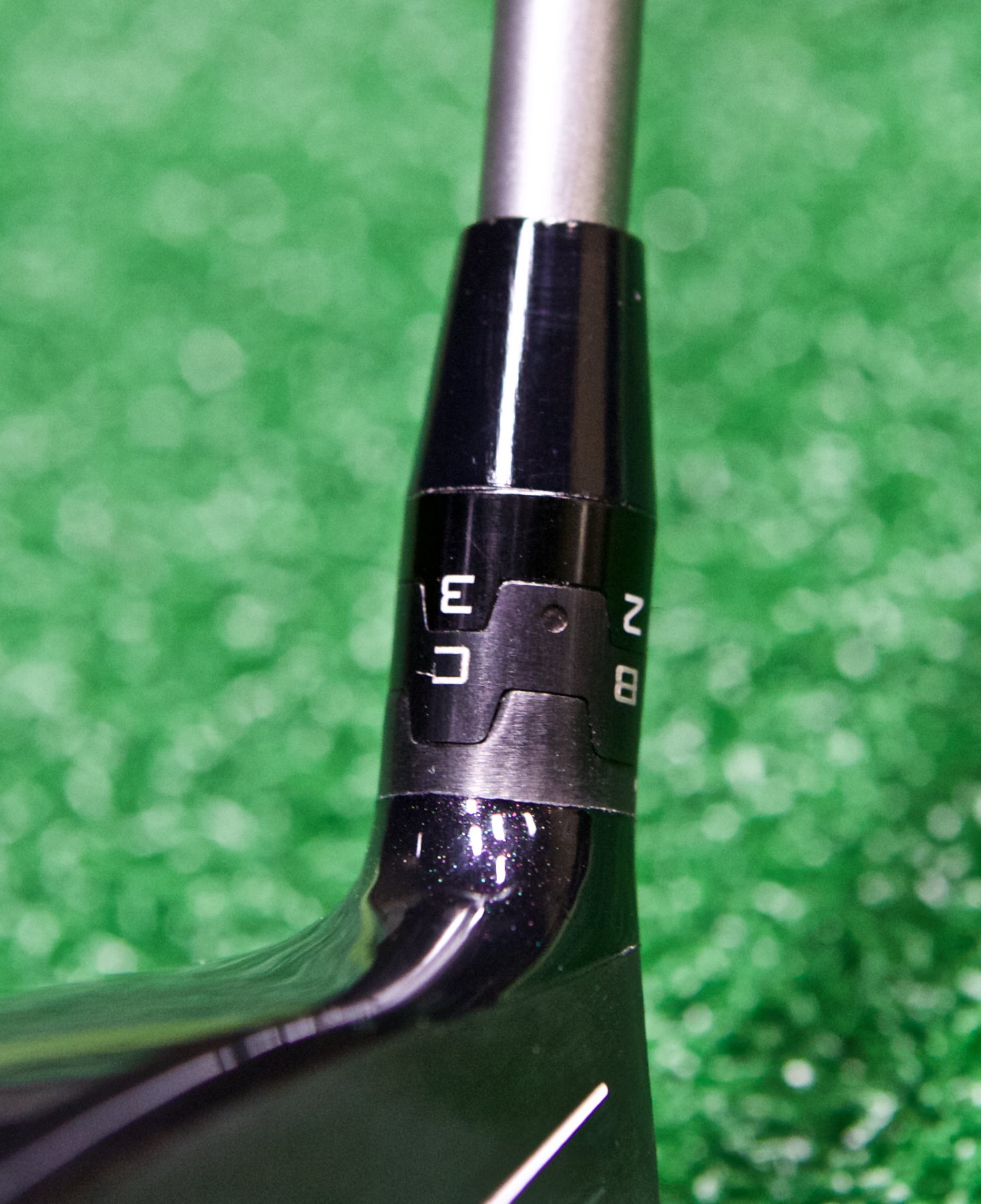
The SureFit® hosel remains the same, so you can use old shafts (and your existing wrench) with the new 915 line.
One thing I like about Titleist is they do not make grand claims on performance like “gain 20 yards!” Their claims are more modest and I feel more realistic. Titleist test results showed a reduction in spin and a modest average gain in carry distance:
In player testing, golfers that had previously played a 913D2 experienced an average of 115rpm (and up to 300rpm) lower spin with the new 915D2 model – with an average of three yards (and up to 15 yards) more carry distance. Golfers who previously played a 913D3 saw an average of 250rpm (and up to 500 rpm) lower spin with the new 915D3 – with an average of nine yards (and up to 20 yards) more carry distance. With both 915 models, players experienced more consistent speeds and lower spin across the face than their 913 drivers.
My results were very similar. Spin for the 915D2 averaged over 250 rpm less with the same average swing speed and launch angle. This resulted in almost 5 yards more carry and 6 yards predicted total distance. Spin, carry and distance were all statistically significant differences. Club head speed, ball speed and launch angle were not statistically different.
Results
Club Club Speed Ball Speed Launch Spin Height Carry Total ---- ---------- ---------- ------ ---- ------ ----- ----- 910D2 94.6 137.1 14.5° 3030 32.9 221.1 240.4 913D2 94.3 136.8 14.2° 3017 30.6 219.9 240.1 915D2 94.8 137.5 14.3° 2759 30.6 224.6 246.1
I did not track off center hits specifically in the test, but there were a few and I noticed I did not lose much distance.
Erik did track off-center hits with a FlightScope X2 using a similarly configured 915D3 and 913D3. The 915 had the Diamana D+ White Shaft in an X-flex, while the 913 had a Diamana ‘ahina X flex shafts weighing 72 grams. The shafts were switched and Erik hit ten shots with each shaft in four locations: heel, toe, high, and low, all about 3/8″ off-center.
What Erik found is that spin was decreased over 400 RPM on the low hits while launch angle was brought up nearly a full degree, resulting in just over 6 yards more carry distance. Erik noted moderately reduced spin and increased launch in the other impact locations as well, and a 1.0 and 1.3 MPH increase in ball speed on hits toward toe and heel respectively. Hits high on the face seemed to behave almost identically to 913. The ARC seemed to have the greatest effect on low shots, though, and Erik noted that he would be replacing the 913 that he’s used the past two years with the 915 because players who swing their driver with a small positive AoA tend to catch the ball low from time to time, and the added distance will come in handy.
As for other performance factors, the 915D2 has a sharper sound at impact than the 913, which I like, and is closer to the 910. The 913 sound was more muted. Center hits on the 915D2 face have a pronounced “thwack” and feel like they are exploding off the face. Off center hits can be felt, but did not seem to lose that much distance, as advertised. The gear effect helps return those shots toward the target line.
The 915D2 head also appears to lie a bit more open when the head is grounded compared to the 913D2. It was hard to get a photo to show this, but I did find it noticeable. This helps me because my miss is usually an overdraw and I like to aim the face right of my target line at setup.
Conclusion
The 915 definitely showed in improvement in distance due to less spin, although launch angle was not different. The feel and sound at impact is impressive as is the overall look. Titleist again has produced a winning design. The release was also very timely with Jordan Spieth winning back to back tournaments with the driver. This will certainly help boost sales.
Negatives are the change to the removable weight. Weight kits are not cheap and the 910 and 913 kits are not interchangeable with the 915. Thankfully, Titleist kept the SureFit® design the same.
The driver retails for $449, which is steep, but worth it in my opinion. If you are going to spring for a new driver, you want the best current technology and a club that is adjustable to fine tune to your swing. This driver is definitely replacing the 913D2 in my bag.

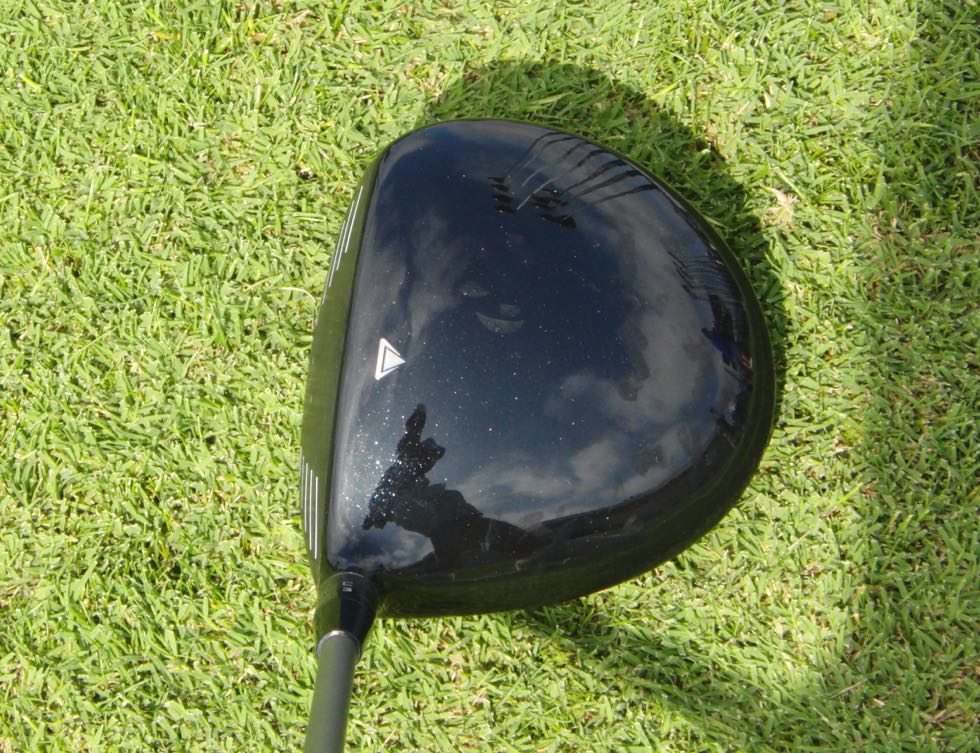
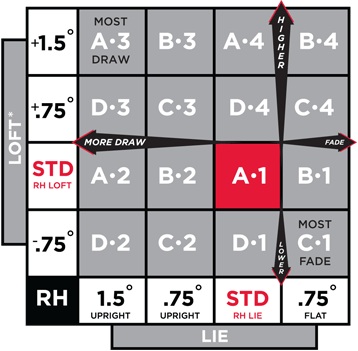
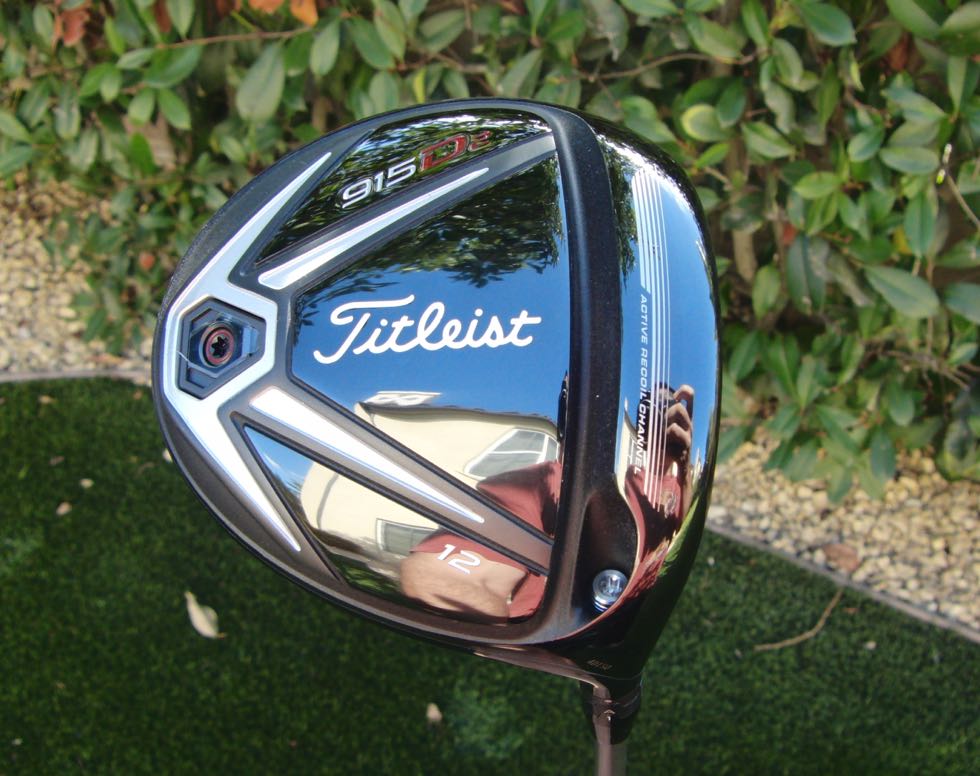
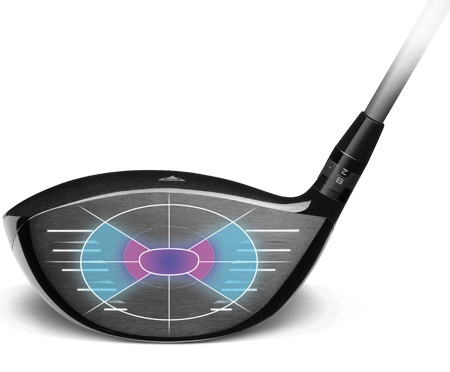
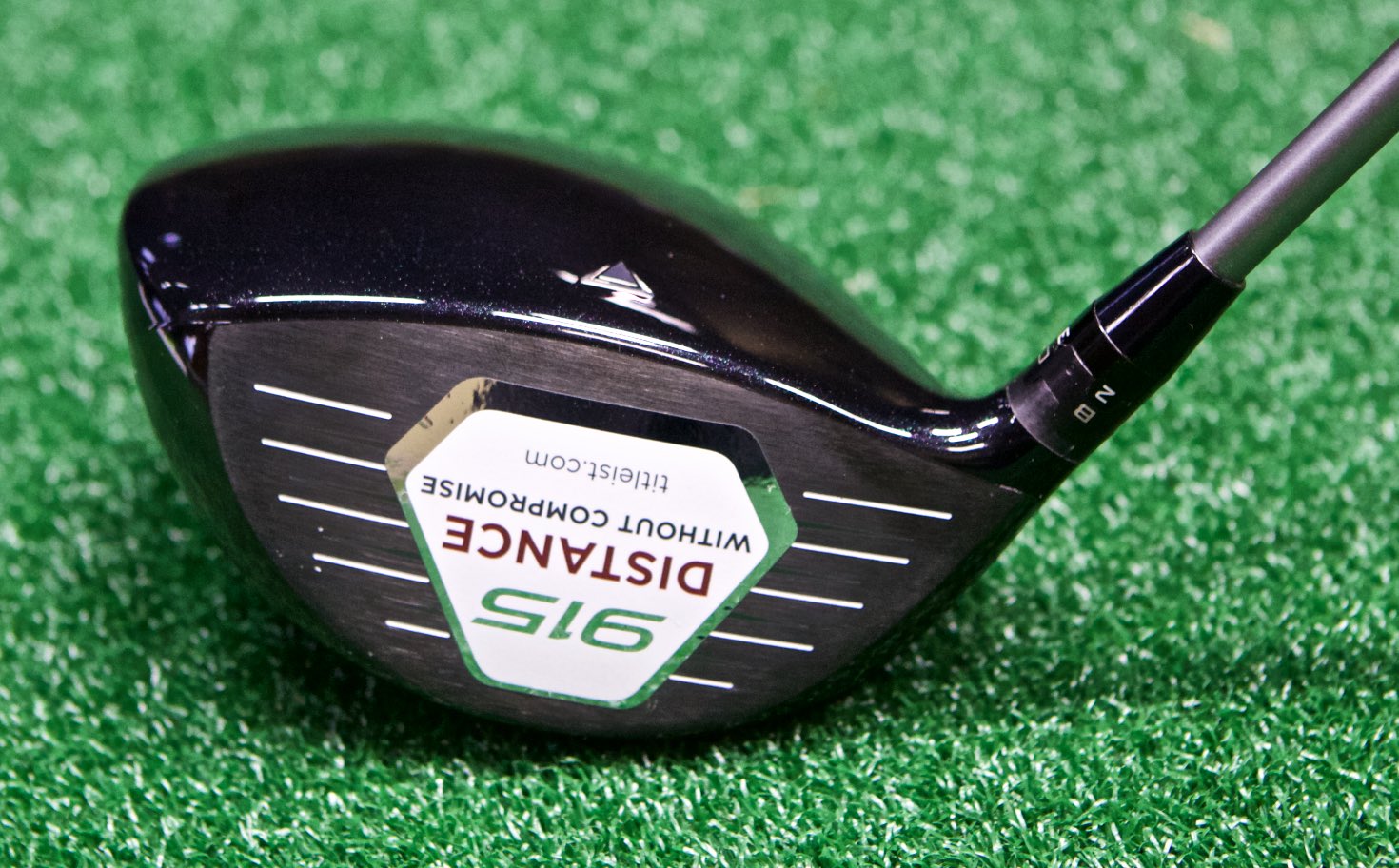
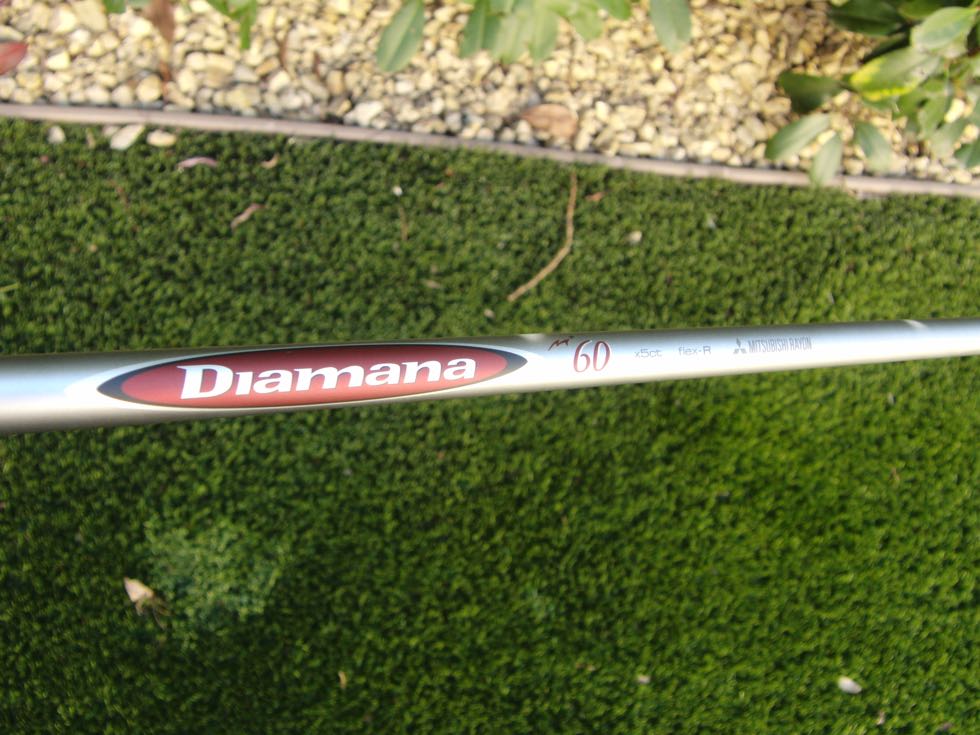
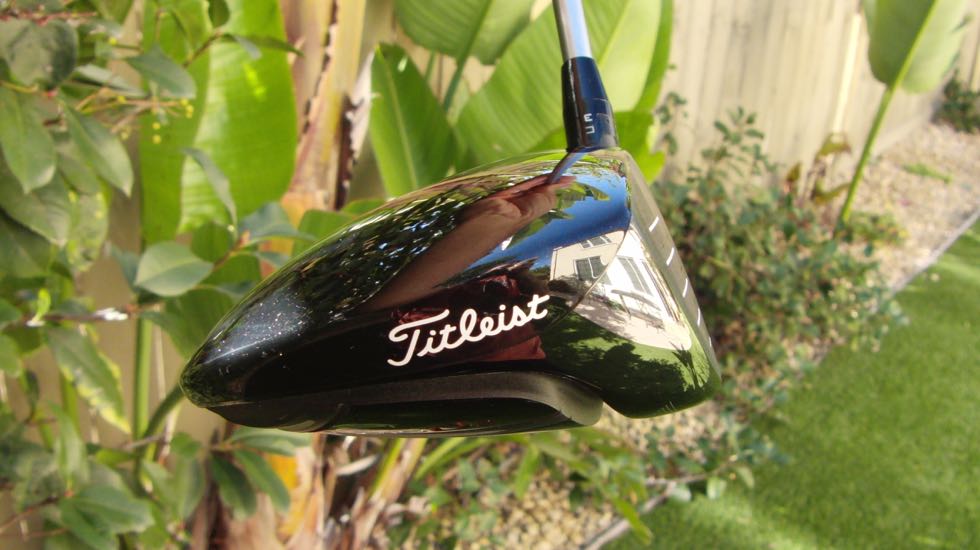
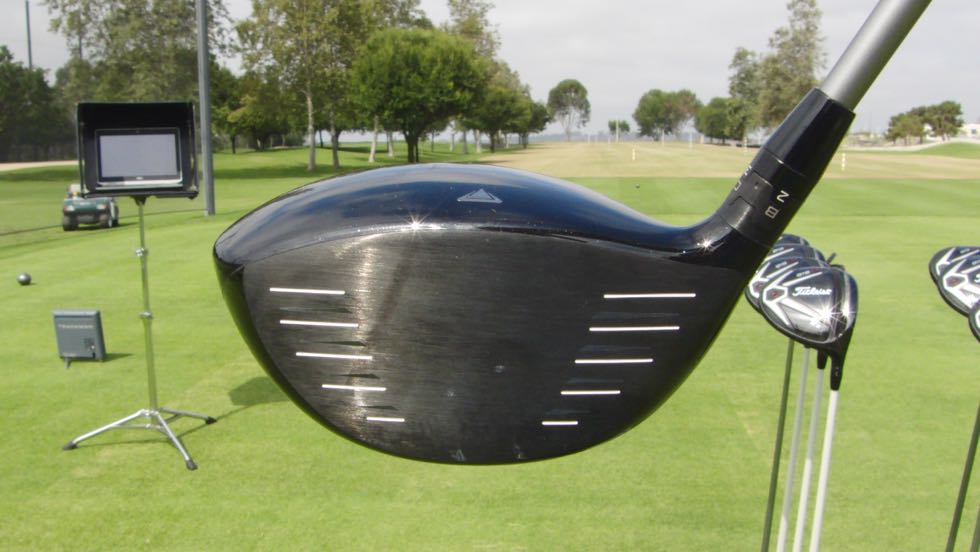
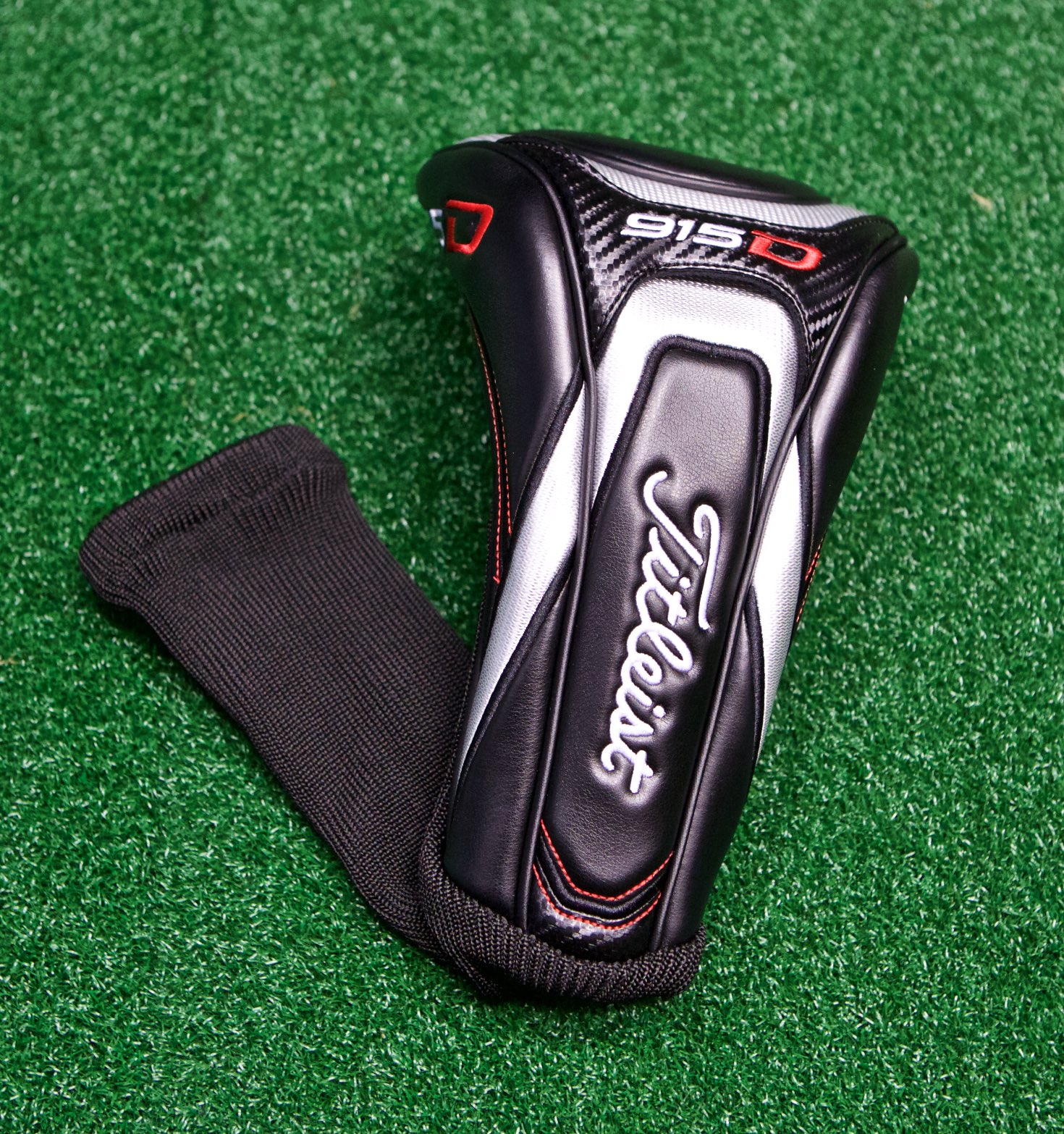
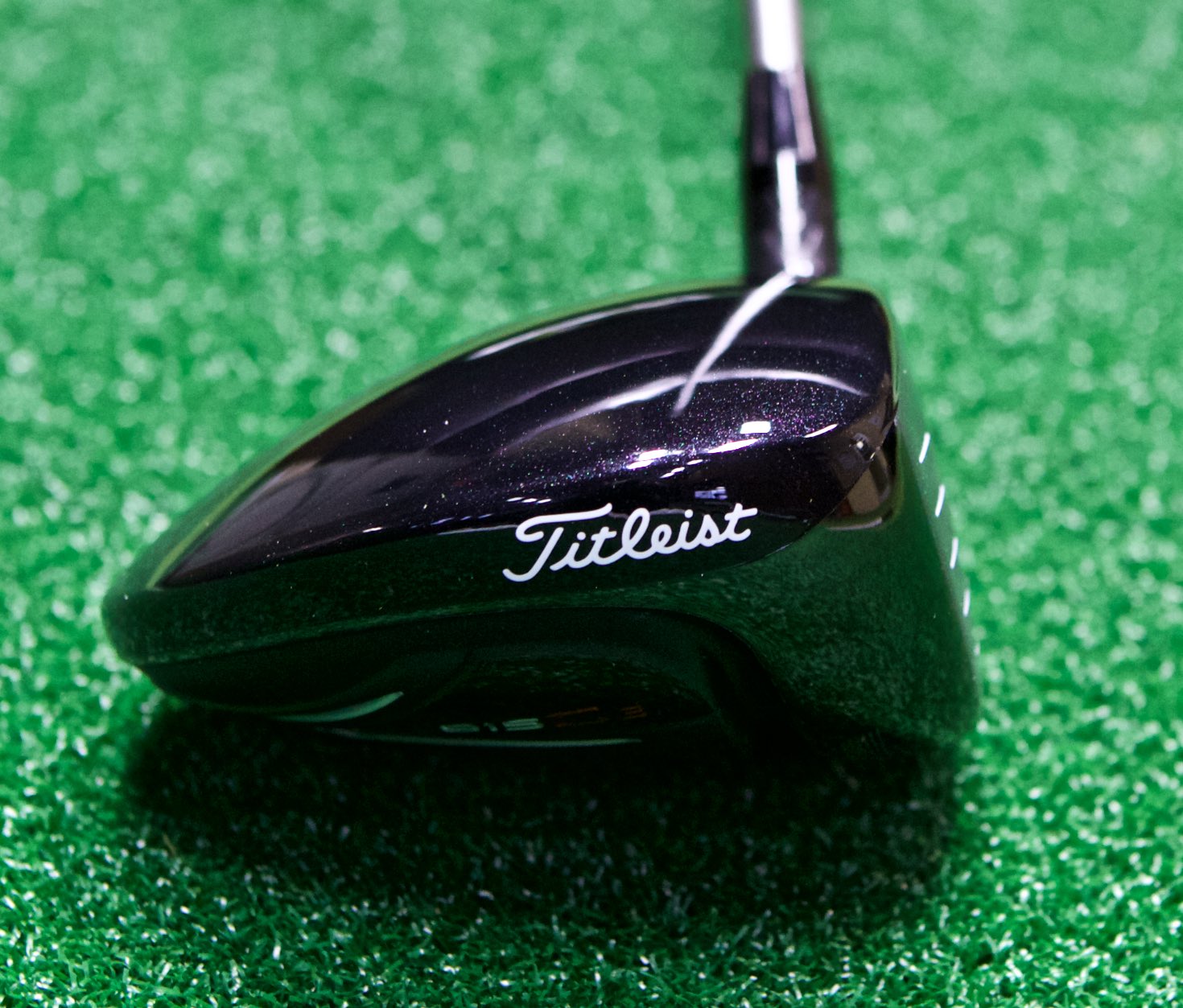
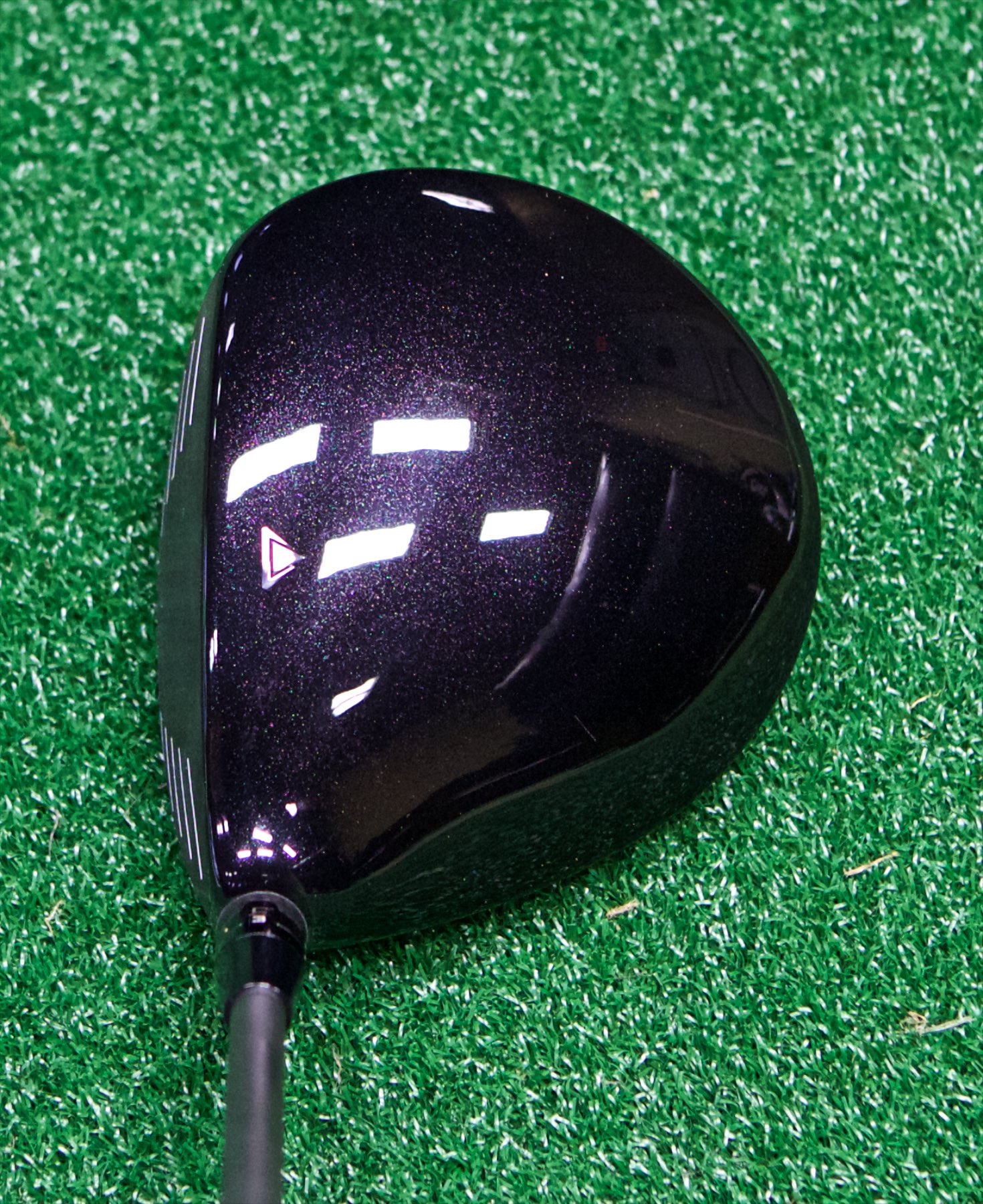
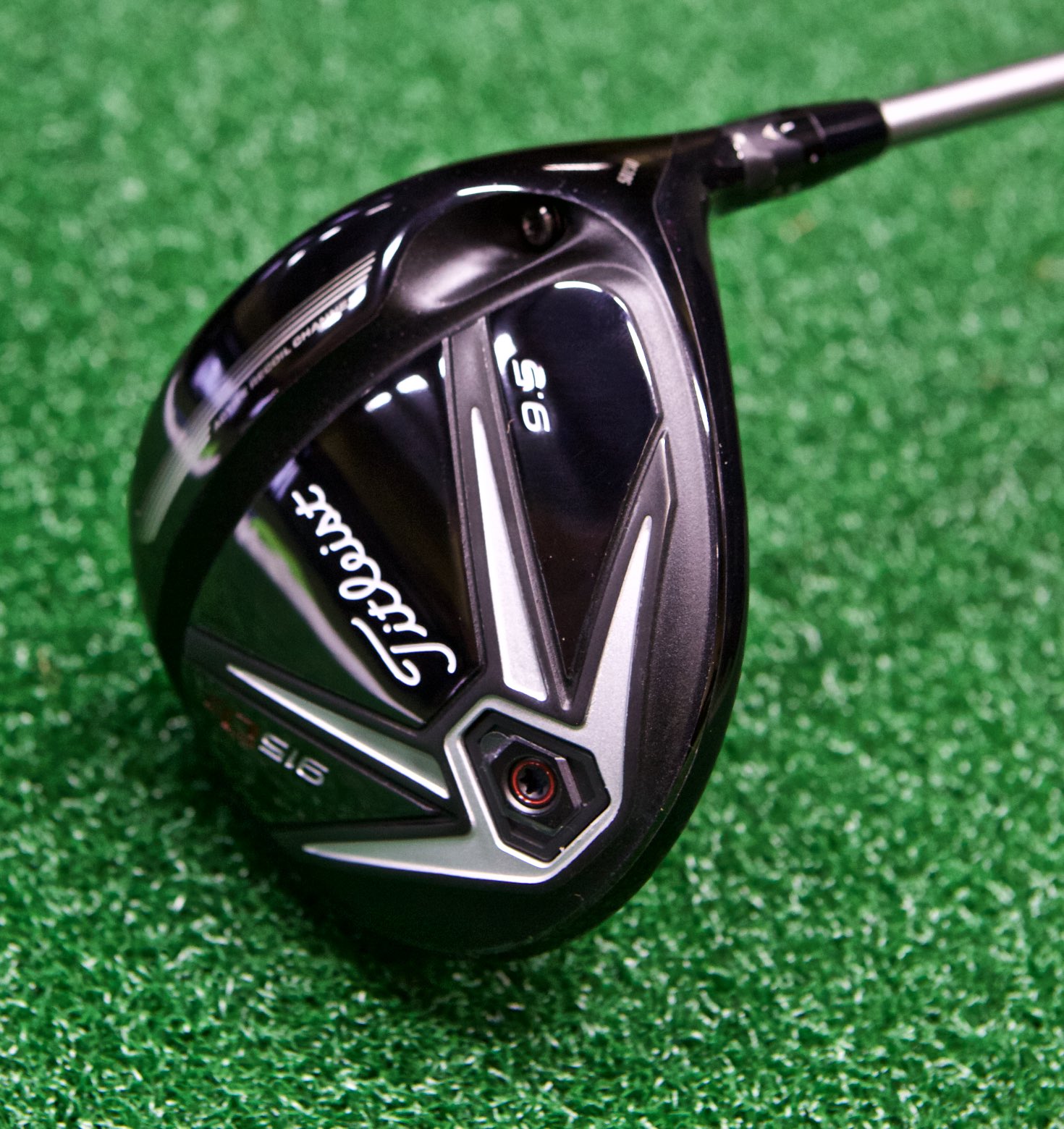
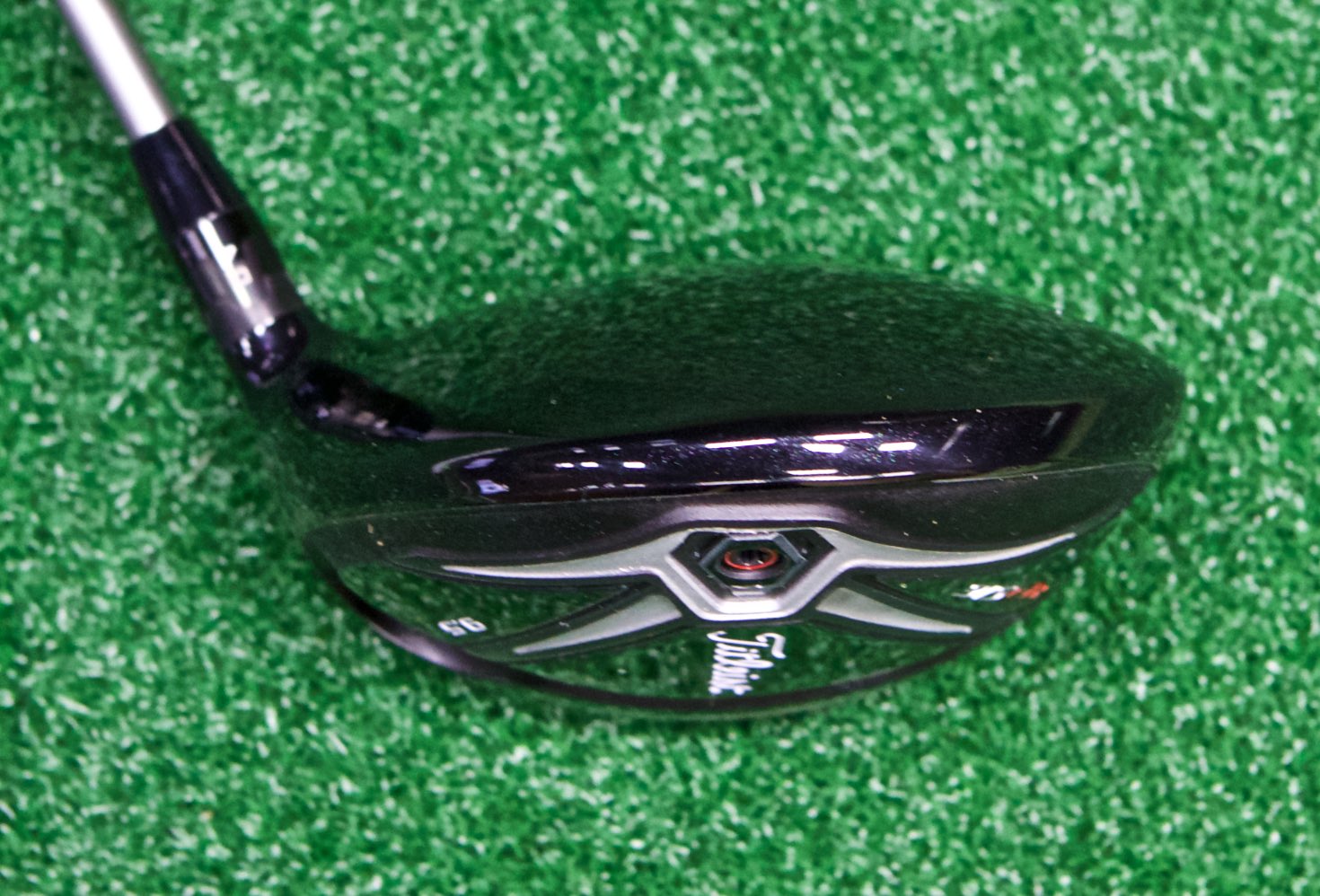
Good stuff, Boogie. Thanks.
Great review.
Thanks for the review.
As you’ve noted, I too found 913D2 having a muted sound (which I hate) and less distance than 910D2. Since 915D2 seems to have a sound closer to 910D2 and more distance, I will definitely try one.
Thanks all. Yukari, I think you will like the sound it makes. It was definitely an improvement from the 913 in my opinion.
Thanks for an informative review Scott. I play the 913D2 and like everything about it including the muted sound. Having said that, at almost 62, and having lost some distance, I certainly would appreciate any added distance that the 915 might provide….. especially on the longer par 4’s.
As usual, a very interesting analysis. I will certainly try this driver.
Titleist does make some Great equipment. Sounds like they have stepped up all the way with this new driver. May have to pick one up.
Excellent Driver and good article. A major improvement with this new product line is the quality of shafts.
Titleist are promoting the 915 range with the ‘Distance Without Compromise’ strapline, which is the first time they have come out with a specific distance claim. I’m seeing a lot more of these distance claims from them
I still hit the original Cobra Speed driver. It is as long now as when I first bought it. It was, back then, Acushnet technology. One thing, however. I absolutely hate the loud ping sound it makes. I have kept it in the bag because I still hit it 300+ on many drives. I loved the review of the new D2 and will have to give it a try. I don’t take changing equipment lightly.
I recently inherited a Titleist 907D2. This is a great driver, and I hit it very straight. It has 10-1/2 degrees of loft with a Graphite YS6 stiff shaft. I am getting about 250 for distance. Any reason to look at the newer drivers?